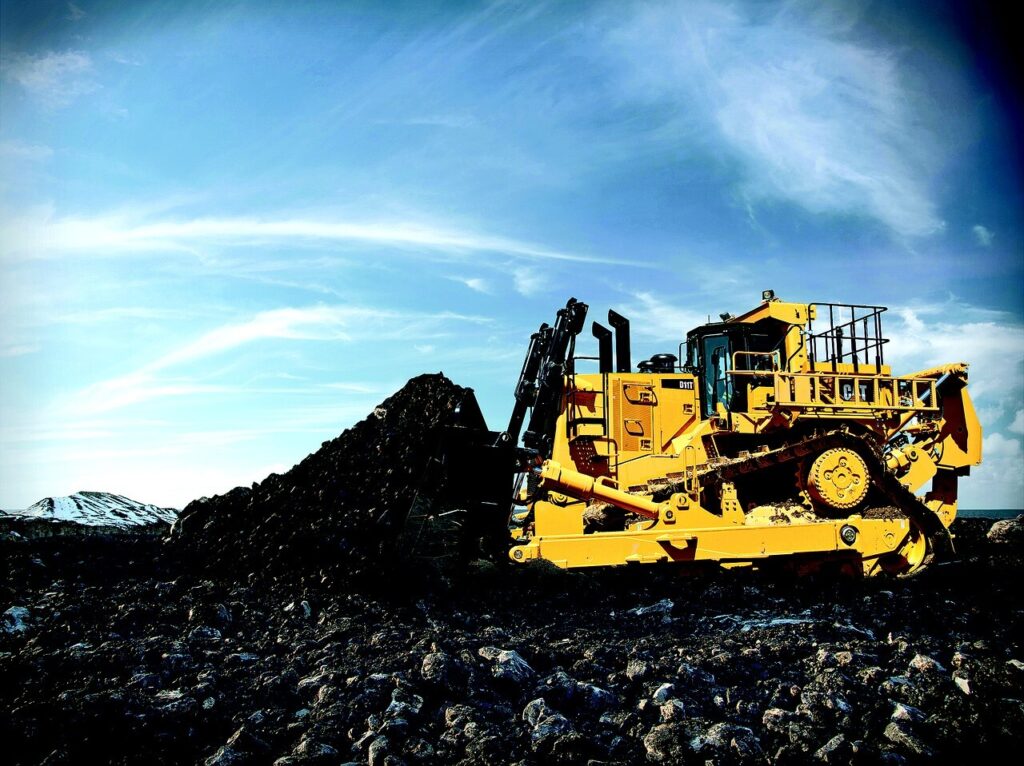As one of the least technologically advanced industries, construction has taken a backseat to embracing the digital revolution for some time. Automation of processes and systems, increasing the use of technology in everyday tasks, and autonomous machinery seems like a far-fetched fantasy out of a sci-fi film for construction project managers and contractors. However, the current environment of construction businesses has pushed the need for digitization ahead in a short period of time. Construction contractors are constantly seeking ways to cut costs in several aspects of the business, from construction surety bonds to business management tools. That’s often easier said than done, given the state of the industry today.
Construction represents a more than $10 trillion industry, but recent studies highlight the inefficiencies that run rampant throughout. In 2017, there were more than 200,000 unfilled construction worker positions, with an estimated 98% of large projects exceeding their initial budgets. To add to the bleak picture of construction as a whole, minimal productivity gains have been experienced in the industry over the last several decades. This compares to a nearly 1,500 percent increase in industries like manufacturing, retail, and agriculture. Other verticals have been able to improve processes across the board with the help of technology and now, it seems, construction is the next industry to be disrupted.
Adding robots to the mix
In March, the Associated Press ran a brief story featuring Noah Ready-Campbell, founder of Built Robotics. The lead picture shows the former Google engineer standing on a large pile of dirt with construction machinery strategically positioned behind him. While nothing seems out of place in the photo op, the intriguing component of the visual may go unnoticed by many. There is no human operating the machinery, but instead, technology is in the driver’s seat.
Built Robotics is one of many technology-first companies focused on creating more efficient operations for the construction industry. Through autonomous bulldozers, excavators, and other common construction vehicles, the company is blazing ahead in utilizing the power of automation in doing mundane, simple jobs. Because there is no need for human interaction with these machines, construction sites can run more efficiently, without creating as much waste of time or capital. The addition of self-operating machinery also lends a necessary hand in reducing the impact of the construction labor shortage.
Read: 10 futuristic technologies that are changing construction
The introduction of robotics and other technology enhancements is coming to fruition in construction for several reasons, the most pressing being the clear disparity between available work and skilled construction contractors to do the job. The Associated General Contractors of America recently reported that 80% of construction businesses find it difficult to secure qualified labor in the field. Throughout the country, the construction industry continues to grow, offering many opportunities for businesses to increase revenue and generate long-term projects. However, the lack of available workers creates the need for creativity – that includes robotics in construction.
Other technology implications
In addition to robots manning heavy equipment on construction job sites, technology is pushing the envelope throughout the industry in other ways. One of the most common uses of digital assistance in the business are drones or unmanned aerial vehicles. Equipped with cameras and highly advanced sensors, drones in construction are being utilized to collect invaluable information from hard-to-reach construction locations. Inspections are made easier with the help of aerial technology, as are the management and monitoring of logistics, safety, and job progress over time. Drones also have the capability to improve communication efficiencies in construction, without taking up the time and energy of construction project managers and workers.

Above and beyond drone use, the construction industry has also seen improvements in safety measures on site with the help of enhanced wearables. Devices worn by construction workers can gather information about their surroundings, offering alerts and other helpful details regarding safety hazards. Similarly, new and improved safety gear including helmets, eyewear, and gloves tap into the power of the digital age with sensors that provide an added layer of security while working. Construction site managers are given more peace of mind with the help of these technology-infused devices.
Although robotics in construction is often the most notable shift in the business, followed closely by the ancillary technologies mentioned above, there are more subtle ways technology is making waves across the board.
Construction project managers are embracing new software that helps with all aspects of the business, from managing communications between vendors and workers and monitoring the budget on each project. There are also technology solutions meant to streamline the process of documentation and reporting, as well as to provide accountability tactics for all parties involved. With these enhancements, construction sites are able to run more efficiently, quickly, all while reducing costs and overages per project.
The future of construction
While there is clear promise of a more efficient way of doing business in construction with the help of technology, there are widespread concerns that the industry will be yet another that reduces available jobs for skilled workers. That potential reality doesn’t sit well for construction contractors and project managers who have taken the time to get licensed and bonded, built relationships with their communities, and spent significant capital on establishing and maintaining their business. But experts who follow technology disruption trends all seem to agree that automation in construction will take time to become mainstream and that there will always be a need for a human touch.
More precise work that requires attention to detail, along with project management cannot be completed efficiently at the digital hand of a robot. These jobs will remain an integral component of the construction industry for years to come. Regulations on job site safety, worker safety, and building standards may also take time to adjust to the digital revolution, meaning construction professionals are far from being on the chopping block. Overall, the addition of technology in construction has the potential to create a more efficient industry across the board, but not without the individuals who rely on the work to earn a living.
Author: Eric Weisbrot is the Chief Marketing Officer of JW Surety Bonds. With years of experience in the surety industry under several different roles within the company, he is also a contributing author to the surety bond blog.




